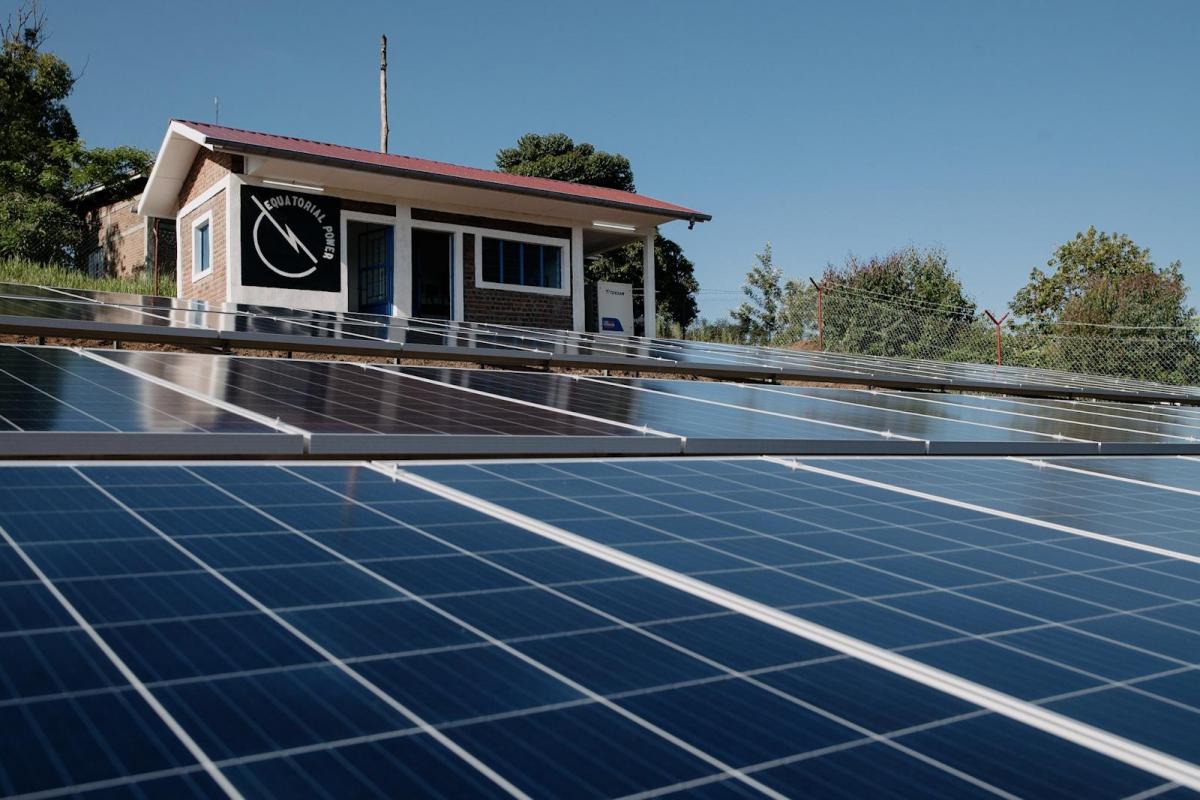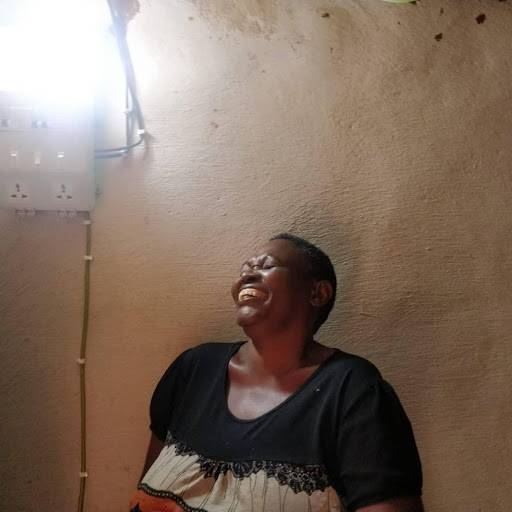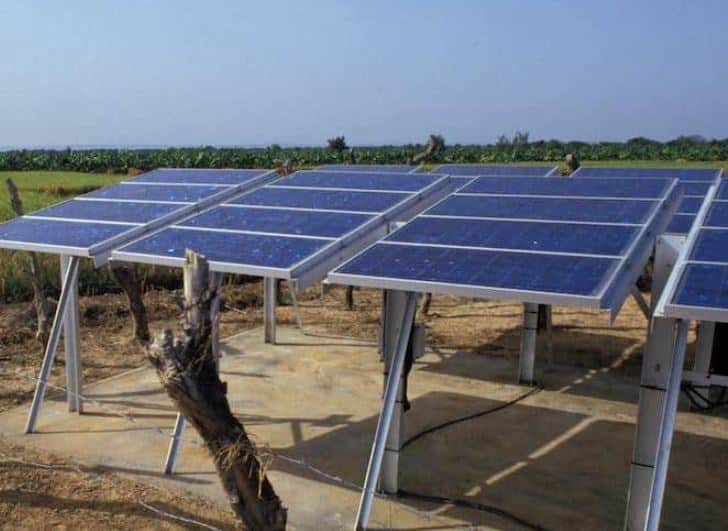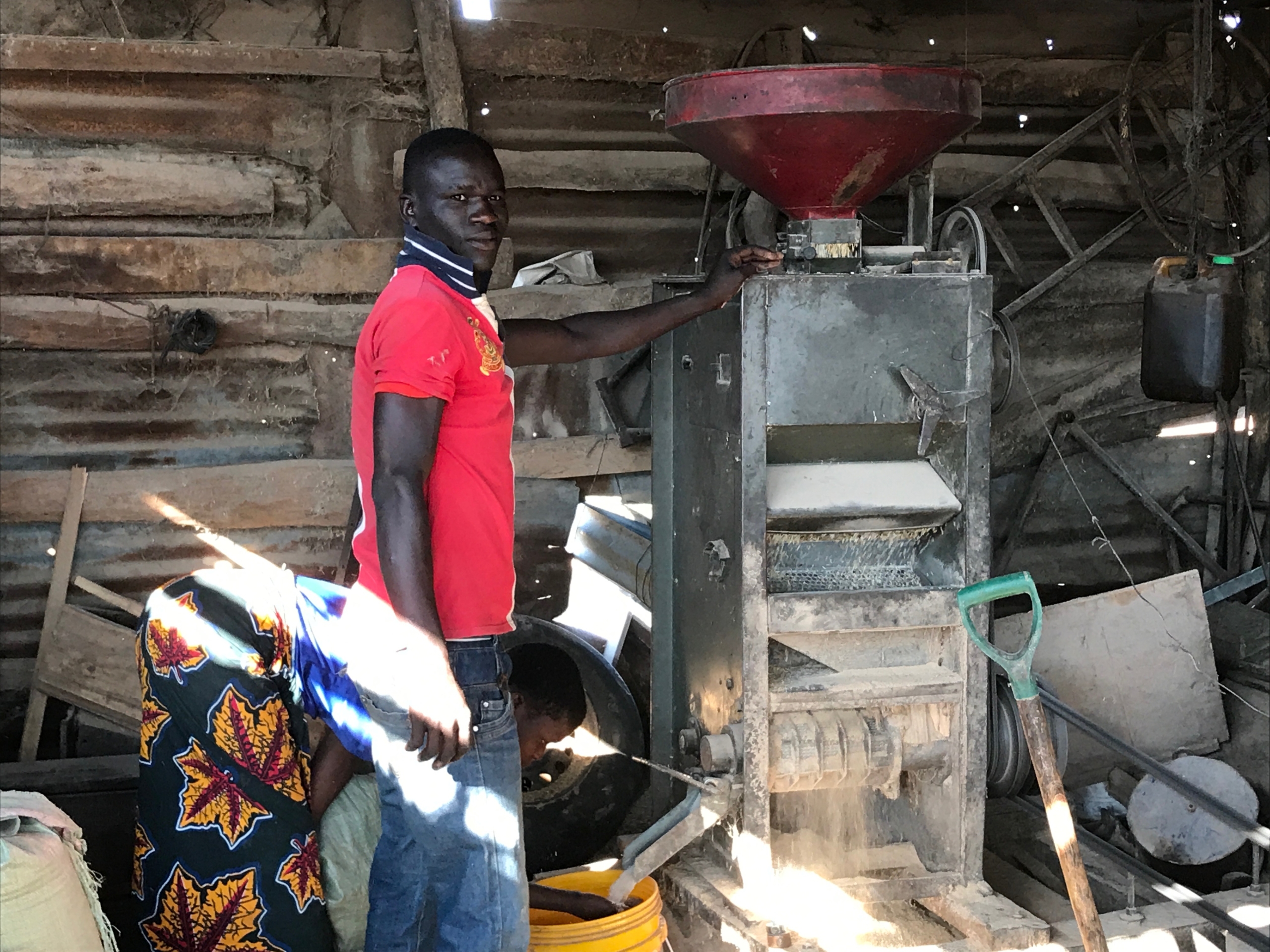Mini-grid Remote Monitoring and Control Delivers Cost-Saving Improvements in O&M
This article was originally published on Homer Microgrid News.
A hybrid distributed energy system is complex, especially if it combines solar, storage, and a diesel generator. It requires supervision and careful management to make sure all components are working together efficiently. The complexity often requires mini-grid developers to invest in expensive control systems to manage storage dispatch, curtail the solar resource if it’s over-producing, or bring on the generators when necessary.
However, mini-grid components often have integrated controls to make it easier to manage their usage. These built-in systems might include inverters that can handle production of grid frequencies, curtailment of PV, or islanding of the entire system; battery management systems that distribute the discharge process evenly across multiple strings to ensure smooth dispatch; or the control features of diesel generators that regulate voltage and speed and enable multiple generators to work together.
Germany-based Ferntech is taking a different approach, designing remote monitoring and control systems that collect data and analyze and manage the operation of mini-grids remotely.

“We don’t consider ourselves to be a controller,” says Ferntech’s Business Development Manager, William Duren, referring to the company’s custom-designed mini-grid control system.
Rather, Ferntech’s approach is designed to use bi-directional communications protocols to connect to a wide range of components from any manufacturer, monitor a fleet of systems remotely through a single dashboard, and easily program changes that will improve performance.
Fundamental to the Ferntech system is the collection of large amounts of data that can be analyzed to trigger actions to optimize performance and save money. The remote monitoring service is designed to benefit off-grid, hybrid microgrid and mini-grid power systems and addresses a range of distributed energy systems from under 10 kW to 1 MW.
One customer currently using Ferntech’s remote management services is Equatorial Power, now partnering with Engie to develop a mini-grid that will power a new industrial park in addition to powering communities on the Ugandan island of Lolwe in Lake Victoria.
Equatorial Power’s Chief Technology Officer, Abishek Bharadwaj, explained that the mini-grid will have a peak solar capacity of 600 kW, 350 kWh of li-ion battery storage, and 120 kW of backup power from a diesel generator. It will serve 3,800 connections, of which 700 are businesses. The anchor business is an industrial park with machines to freeze and dry fish; there is also a water purification plant to supply the island with drinking water. Any excess electricity will power the nearly 3,000 homes in the area. One innovation will be an EV charging station that will be used to power-up electric boats and electric motorcycles.
“We are not just selling electrons,” says Bharadwaj, “so our model is focused on producing electricity efficiently. We are using the mini-grid as a form of holistic economic development providing products and services to fill the gap in the agro-value chains beyond just providing electrons.”
Bharadwaj added that since Lolwe is a remote island, it would cost a lot to travel there, “so it makes a lot of sense to use a remote monitoring system.”

That doesn’t mean that local technicians won’t be involved in O&M for the mini-grid. Bharadwaj says the company is committed to local capacity-building and is training local staff to maintain the new mini-grid.
Bharadwaj explained how remote monitoring and local staff worked synergistically on another Equatorial Power project: Ferntech data on a distributed energy system showed mysterious power spikes. Further analysis revealed that they were being created by a loose wire in a generator. Equatorial Power’s electrical engineering staff remotely supported an onsite technician to troubleshoot the issue and resolve the problem without traveling to the system. “That paid for the cost of travel right there,” says Bharadwaj.
Duren explained that one of the main differences between a Ferntech system and a programmable logic controller (PLC) is cost.
“A lot of companies do remote monitoring,” he says, “but the control portion is very difficult. The fact that we’re able to bring both together at a moderate price is a real game-changer. We include components from around 20 different manufacturers in our systems,” he adds.
Ferntech uses setpoint-based controls, and customer demand is a big factor in which components the company chooses to support. Duren explains that visualizing the whole system on one platform streamlines the process and is popular with customers. If the client already has a microgrid controller, that’s fine too, says Duren. In that case, Ferntech just does the remote monitoring, operating in parallel with the controller.
“We use control algorithms and automated actions to prevent unwanted site visits,” says Duren. For instance, we can identify when there is excess solar power and put it to productive use turning on a water pump for example,” he says. “We are betting we can save from 5-10% on diesel consumption; at some sites we see there’s the potential for a 35-40% reduction.”
Ferntech has remote microgrid monitoring systems set up in 15 countries on 5 continents. Most are energy access customers and some are commercial and industrial (C&I). “Our clients include everything from fish farms in Norway to remote mountain huts,” says Duren.

 Catalytic Investing in Emerging Markets
Catalytic Investing in Emerging Markets The Nexus of Agriculture and Energy in Africa: Five Lessons for Bridging the Ag-Energy Gap
The Nexus of Agriculture and Energy in Africa: Five Lessons for Bridging the Ag-Energy Gap Looking Beyond Appliances: Systemic Barriers to Minigrid Demand Stimulation
Looking Beyond Appliances: Systemic Barriers to Minigrid Demand Stimulation The Clock is Ticking on Energy Access: Exploring Factor[e] Ventures’ Big Bet on Mini-Grids
The Clock is Ticking on Energy Access: Exploring Factor[e] Ventures’ Big Bet on Mini-Grids